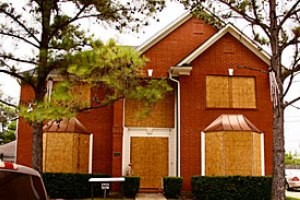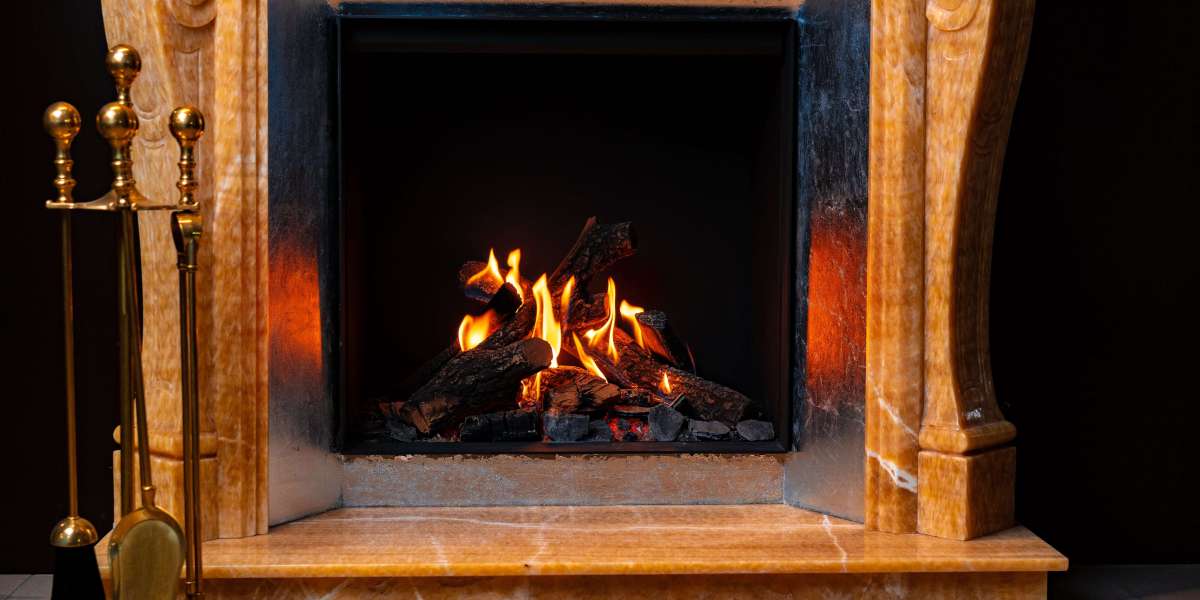Double glazing is a popular choice for enhancing the energy efficiency and repairmywindowsanddoors.Co.uk comfort of homes and commercial properties. It consists of two glass panes separated by a space, typically filled with air or an inert gas, which provides better insulation against heat and noise compared to single-pane windows. However, over time, double-glazed units can develop issues such as condensation, broken seals, or damaged frames. This article provides a detailed guide on how to identify and repair these problems, ensuring that your double-glazed windows continue to perform optimally.

Understanding Double Glazing
Before diving into the repair process, it's essential to understand how double glazing works. Double-glazed windows are designed to reduce heat transfer and noise penetration. The space between the two glass panes is often filled with a low-conductivity gas like argon, which further enhances insulation. The outer frame, usually made of uPVC, aluminum, or wood, holds the glass panes in place and provides an airtight seal.
Common Issues with Double Glazing
- Condensation Between Panes: One of the most common issues is condensation forming between the glass panes. This indicates a broken seal, allowing moisture to enter the gap.
- Leaky Frames: Over time, the seals around the frames can deteriorate, leading to drafts and potential water leaks.
- Broken Glass: Accidents can cause one or both panes to break.
- Faulty Locks and Handles: The mechanical components of the window can wear out, compromising security and functionality.
- Dust and Debris Accumulation: The gap between the panes can sometimes accumulate dust and debris, reducing transparency and efficiency.
Identifying the Problem
- Check for Condensation: If you notice fog or water droplets between the panes, it's a clear sign that the seal has failed.
- Feel for Drafts: Run your hand along the edges of the window to detect any cool air entering the room.
- Inspect the Frame: Look for any signs of damage, warping, or gaps around the frame.
- Test the Locks and Handles: Ensure that the window can be securely locked and that the handles operate smoothly.
- Look for Broken Glass: Observe the window for any cracks or shattered panes.
Repairing Double Glazing
1. Replacing a Broken Pane
- Safety First: Always wear protective gloves and goggles when handling broken glass.
- Remove the Broken Pane: Carefully remove any remaining glass from the frame. You may need to use a putty knife or a specialized glass removal tool.
- Measure the New Pane: Measure the dimensions of the opening to ensure the replacement pane fits perfectly.
- Install the New Pane: Place the new pane into the frame and secure it with glazing beads or silicone sealant.
- Reapply the Gas: If the gap between the panes needs to be refilled with an inert gas, consult a professional.
2. Fixing a Broken Seal
- Assess the Damage: Determine the extent of the seal failure. If the damage is minor, you might be able to repair it yourself. For severe cases, professional assistance is recommended.
- Remove the Old Seal: Use a utility knife to carefully remove the old sealant.
- Clean the Surface: Thoroughly clean the surface of the frame and the edges of the glass panes.
- Apply New Sealant: Use a high-quality silicone sealant to reseal the window. Apply a thin, even layer around the edges.
- Allow to Dry: Give the sealant ample time to dry, typically 24-48 hours, before closing the window.
3. Repairing Leaky Frames
- Identify the Leak: Determine where the water is entering. Common points include the corners, around the seals, and the bottom of the frame.
- Remove Old Seals: Use a utility knife to cut away any old seals or weatherstripping.
- Clean and Dry: Clean the area thoroughly and ensure it is completely dry before applying new seals.
- Install New Seals: Replace the weatherstripping or seals with new ones. Ensure they are the correct size and fit snugly.
- Check for Gaps: Use a smoke stick or a flashlight to check for any remaining gaps. Adjust the seals as necessary.
4. Fixing Faulty Locks and Handles
- Lubricate the Mechanism: Apply a lubricant like WD-40 to the locks and handles to ensure smooth operation.
- Tighten Loose Parts: Use a screwdriver to tighten any loose screws or components.
- Replace Damaged Parts: If the lock or handle is damaged beyond repair, replace it with a new one. Ensure it is compatible with your window frame.
- Test the Lock: After making repairs, test the lock to ensure it operates correctly and provides adequate security.
5. Cleaning Dust and Debris
- Remove the Window: If possible, remove the window from the frame to access the gap between the panes.
- Use a Vacuum: A vacuum cleaner with a brush attachment can help remove dust and debris.
- Wipe with a Damp Cloth: For stubborn debris, use a damp cloth to gently clean the gap.
- Reinstall the Window: Once the gap is clean, reinstall the window and ensure all seals are intact.
DIY vs. Professional Repairs
While some minor repairs can be handled DIY, more complex issues often require professional assistance. Here are some guidelines to help you decide:
- Condensation: If the condensation is minor and localized, you might be able to replace the seal yourself. However, if the entire unit is foggy, it's best to replace the entire unit.
- Leaky Frames: Small leaks can be fixed with new seals, but major leaks or structural damage may need a professional's expertise.
- Broken Glass: Replacing a single pane is manageable for many homeowners, but if both panes are damaged, consider professional help to ensure the new unit is installed correctly.
- Faulty Locks and Handles: Basic lubrication and tightening can usually be done at home, but if the lock is severely damaged, a professional should handle the replacement.
- Dust and Debris: Cleaning the gap between panes is a straightforward process but can be challenging without the right tools.
Cost Considerations
The cost of repairing double glazing can vary depending on the extent of the damage and the type of repair needed. Here are some average costs:
- Replacing a Single Pane: £50 - £150
- Resealing a Window: £30 - £80
- ** repairing a Leaky Frame**: £50 - £150
- Replacing a Lock or Handle: £20 - £50
- Professional Installation: £150 - £300 per unit
FAQs
Q: Can I repair double glazing myself?A: Yes, minor repairs such as resealing or replacing a single pane can be done DIY. However, for more complex issues, it's best to consult a professional.
Q: How long does double glazing last?A: Properly installed and maintained double glazing can last 20-30 years. However, factors like climate and wear can affect its lifespan.
Q: What causes double glazing to fail?A: Common causes include exposure to extreme temperatures, poor installation, and wear and tear over time.
Q: Can I repair a window with condensation between the panes?A: While you can reseal the window, the condensation may indicate a more significant issue. It's often more cost-effective to replace the entire unit.
Q: How do I maintain double glazing?A: Regular cleaning, lubricating locks, and checking seals can help maintain the performance of double-glazed windows. Address any issues promptly to prevent more severe damage.
Double glazing is a valuable investment that can significantly improve the energy efficiency and comfort of your property. By understanding common issues and the steps to repair them, you can extend the lifespan of your windows and maintain their performance. Whether you choose to tackle the repairs yourself or seek professional assistance, regular maintenance is key to ensuring your double-glazed windows continue to function optimally.
Additional Tips
- Regular Inspections: Conduct annual inspections to catch issues early.
- Use Quality Materials: When replacing seals or glass, use high-quality materials to ensure durability.
- Consult a Professional: For complex repairs or significant damage, consult a professional to avoid further issues.
- Energy Efficiency: Consider upgrading to energy-efficient windows when making significant repairs to enhance your property's insulation and reduce energy bills.
By following these guidelines, you can keep your double-glazed windows in top condition and enjoy the benefits they provide for years to come.








